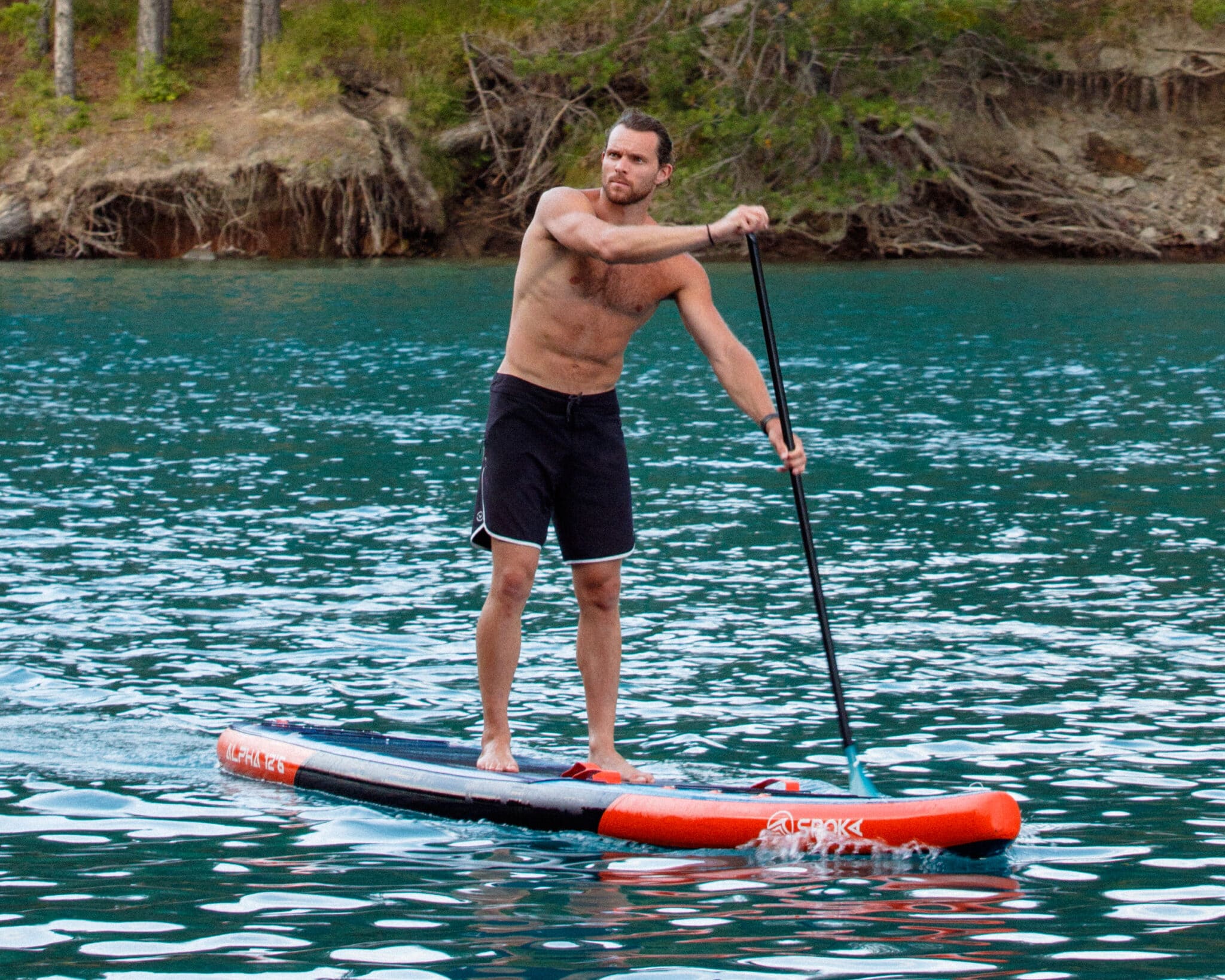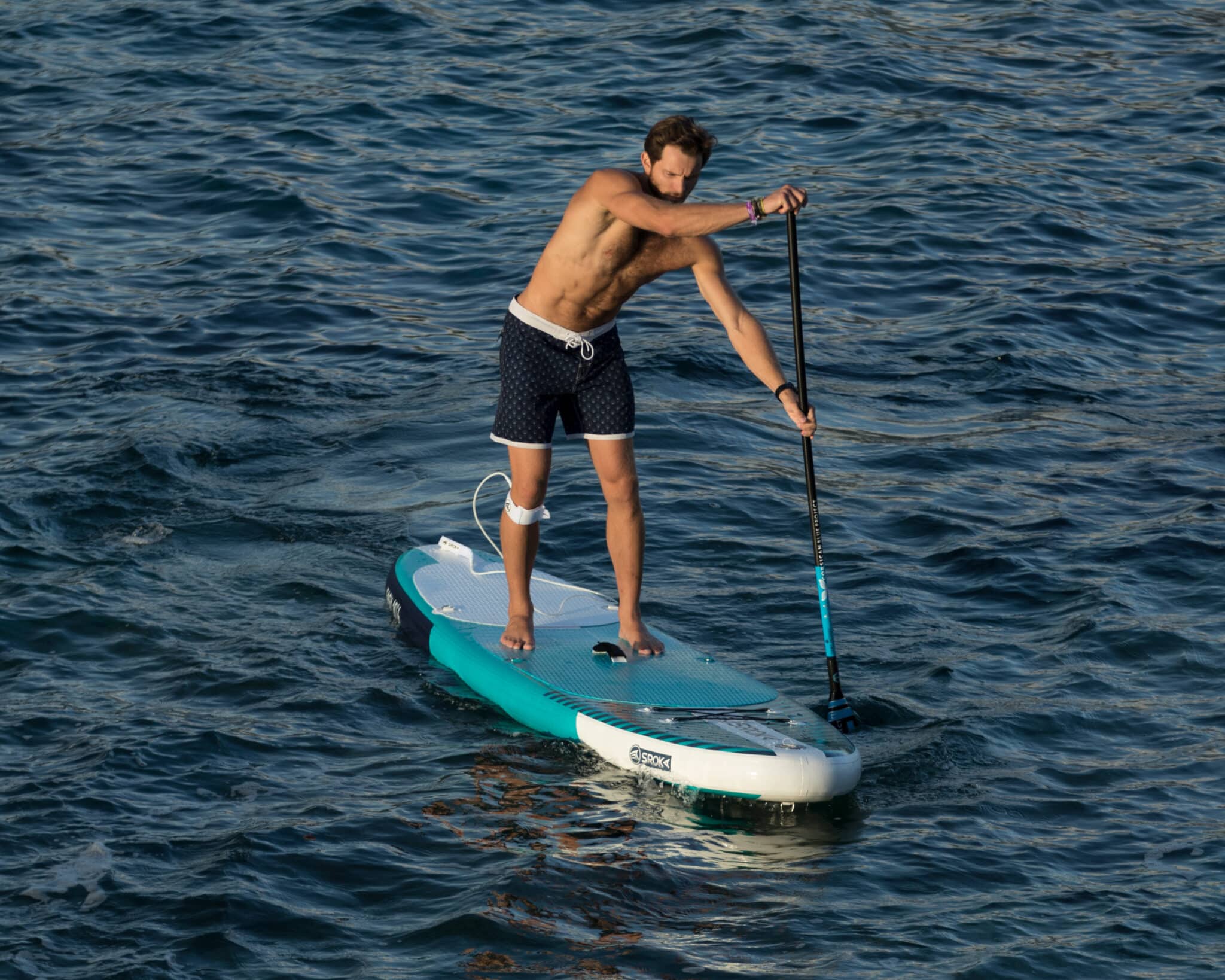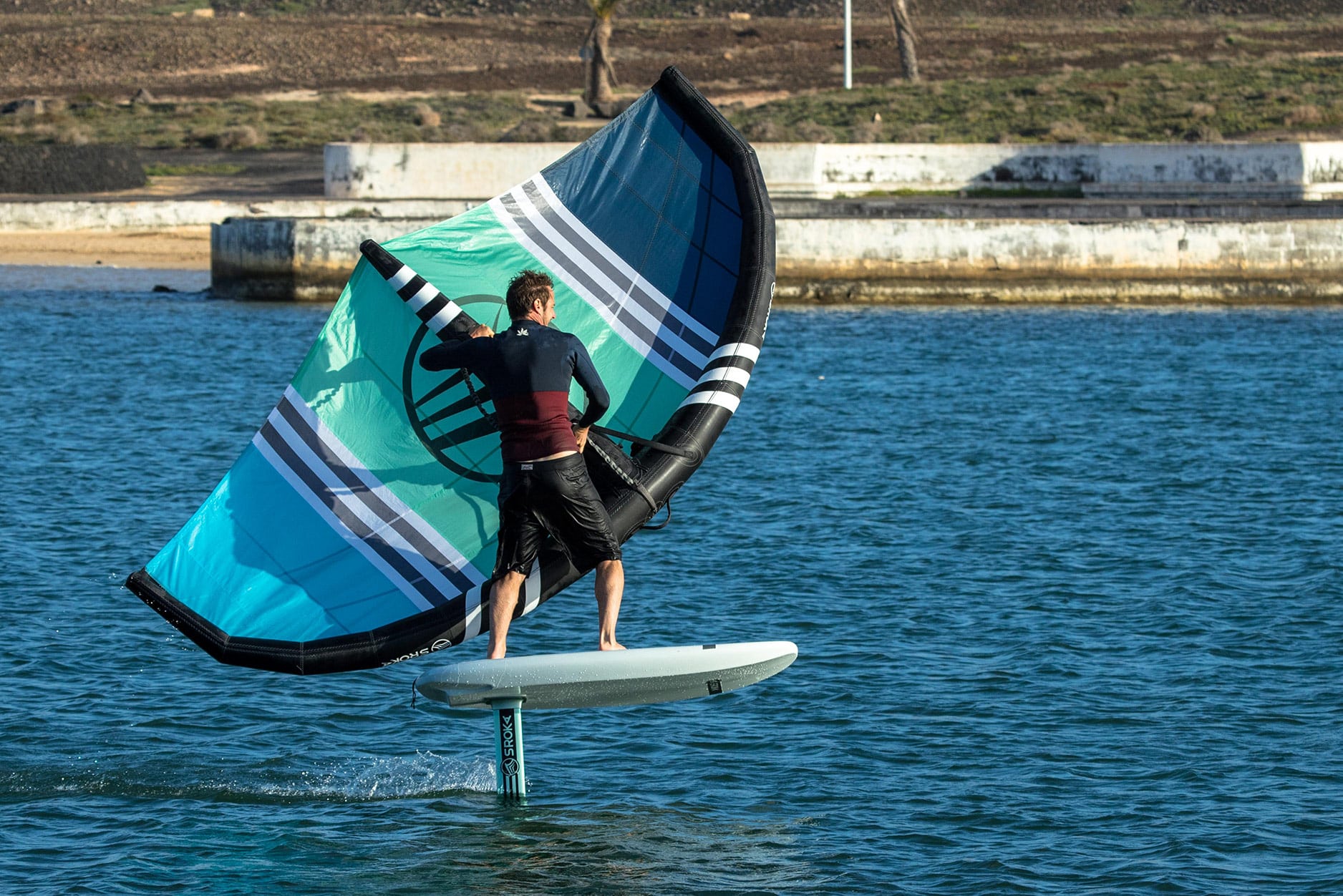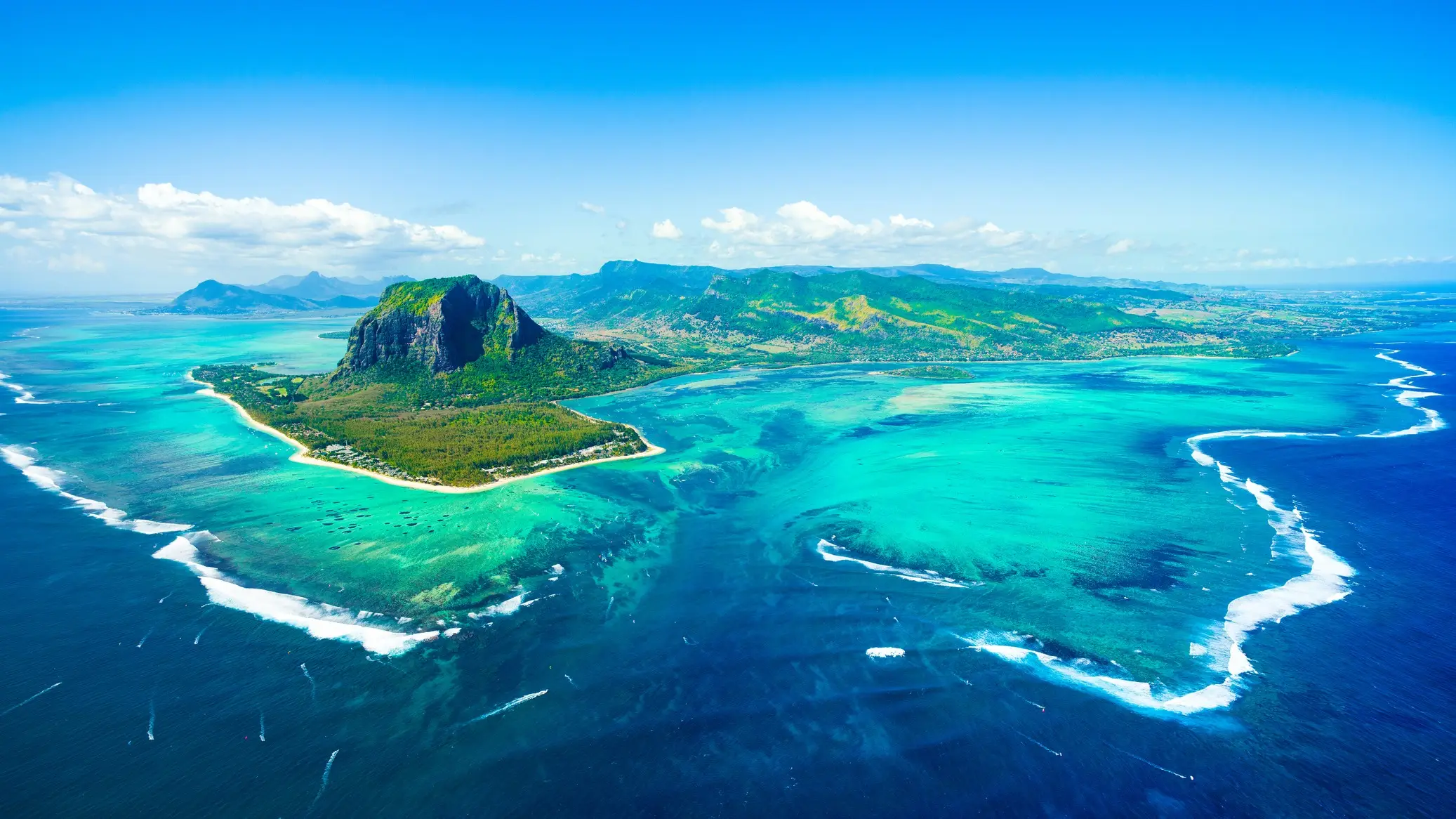Andalusia, a sunny region in the south of Spain, is a true paradise for water sports enthusiasts, especially wing foil. With its vast and diverse …
What muscles work when paddleboarding?
Did you know that stand up paddleboarding is a great way to strengthen your body? Not only does this activity allow you to escape on the water, but it also engages many of your body’s muscles. To maximize the results of your paddle session and sculpt your figure, it is essential to know which muscle groups are involved. Through this article, we guide you to the muscles used during paddle boarding, as well as the benefits for your body.
Upper Body Muscles
Paddle boarding is an excellent physical activity to work the muscles of the upper body in depth, toning and strengthening them, without the risk of injury.
- The back is certainly the most stressed part of paddling. Indeed, the paddle movements to move forward require a pulling action that solicits the muscles of the latissimus dorsi, trapezius and rhomboids.
- In paddle boarding, balance is ensured by the contraction and relaxation of the muscles of the abdominal belt. These muscles allow your body to find its balance point on the board. Also, when you’re paddling, your upper body needs to stiffen, and that’s when your abdominal muscles kick in, contracting.

- The shoulders are also very stressed during paddle boarding and are the link between your abdominal and back muscles. Paddling movements transmit effort from your abdominals to your lats and involve the deltoid and pectoralis major muscles, which work synergistically to allow shoulder rotation and paddle thrust. You’ll quickly notice that the paddle tends to pop out of the water when you pull it back towards you. In this case, your shoulders should exert light pressure on the shaft to keep the paddle blade submerged.
- Finally, the muscles of the arms, especially the biceps and triceps, are also involved in the paddling movement, while the forearms are used to maintain a good grip on the paddle.
Lower body muscles
Paddle boarding not only engages the muscles of the upper body, but also those of the lower body, due to the instability of the board. This is because to maintain balance on the board, you need to constantly adjust your position on the board using your leg muscles, especially the hamstrings, and your glutes. By bending your knees slightly, you strengthen the muscles in your ankles, hips and thighs.
The benefits of paddle boarding for the body

Paddle boarding offers a multitude of benefits for the body, especially in terms of muscle strengthening. This water sport solicits many muscle groups, from head to toe, and allows a global and effective strengthening of the whole body, without the risk of muscle or joint trauma. By working the muscles of the back, shoulders, and arms, you will be able to improve your stability, power , and endurance.
In addition to muscle strengthening, paddle boarding also helps improve and maintain an upright and balanced posture, which can help prevent lower back pain.
Finally, regular paddle boarding can have beneficial effects on heart and lung health. This discipline, which is so popular with athletes, increases cardio-respiratory endurance and reduces the risk of cardiovascular disease.
Tips to optimize the muscles used when paddle boarding
- To optimize the muscles used, it is important to position your body correctly on the board. Make sure your feet are slightly apart to increase your stability and bend your knees to reduce the impact on your joints. Also, keep your back straight and your shoulders relaxed to avoid muscle strain.
- Like any discipline, warm-up is essential ! Dynamic stretching of rotation and joint mobilization of the lower and upper extremities will help prepare your body for the efforts ahead, improve your flexibility and reduce the risk of injury.
- One last piece of advice: take your time. Paddle boarding is a demanding physical activity, so it’s important not to overestimate yourself by going too fast, and to give your body time to adapt to the effort.
Good technique and sustained effort are the keys to paddling well. According to Frédéric Loubeau, a sports coach, paddle boarding is a more than complete activity that can be declined under different disciplines, including pilates, cardio-training and muscle strengthening. With a good physical condition and regular practice, you will be able to improve your endurance, figure and technique, which will make your paddle sessions longer and more fun!
If you still have questions about this, or for any other request, please do not hesitate to contact us !
Article you may be interested in
The 360 wing foil is a maneuver that allows you to start freestyle flat on the water. This trick, which involves making a complete turn …
Mauritius, known for its white sandy beaches and crystal clear waters, is a dream destination for water sports enthusiasts. Among the popular activities that attract …
Wingfoiling is an emerging water sport that is gaining popularity due to its high accessibility. Whether you are young or old, wingfoiling is an activity …





